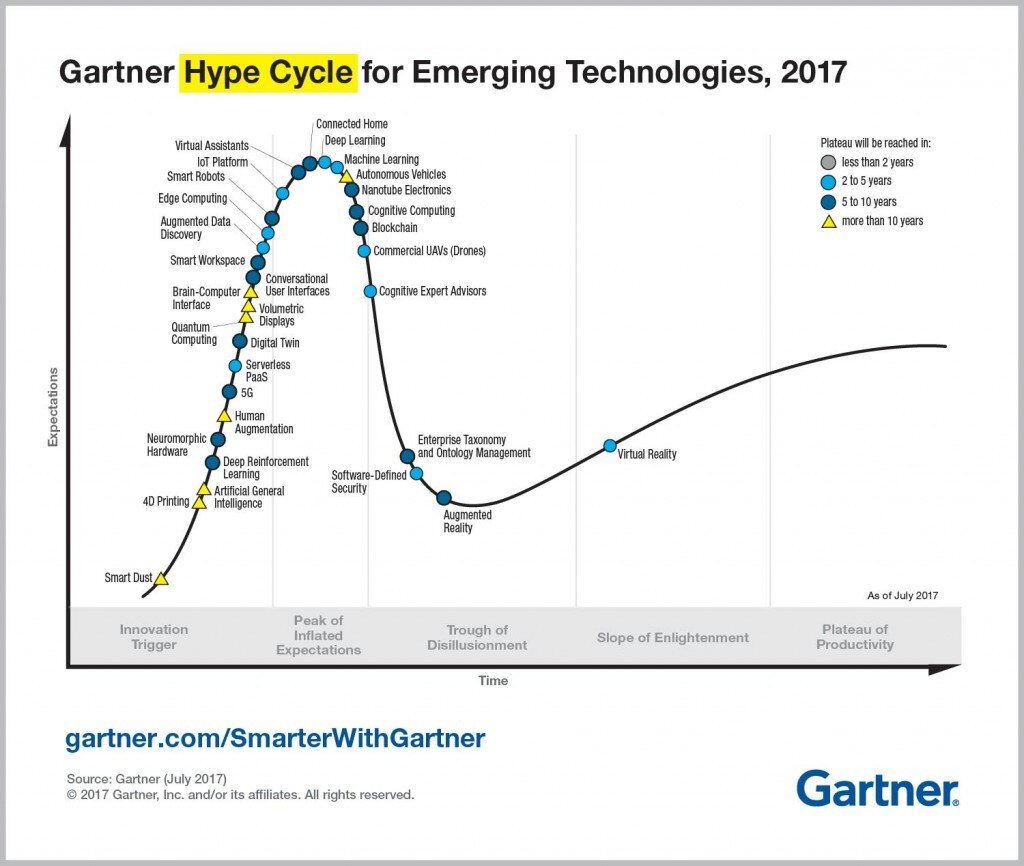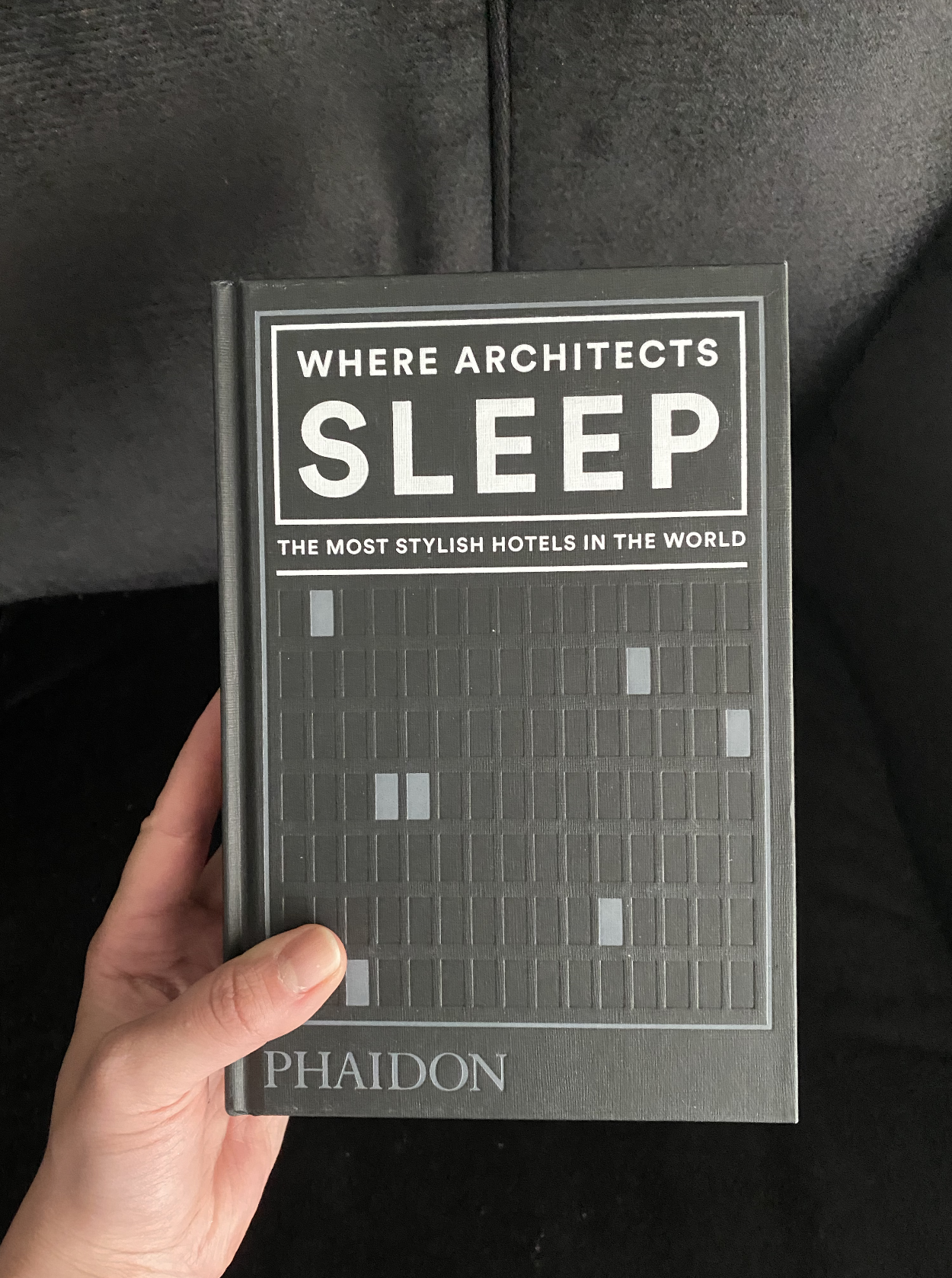This is the last edition of “In Crampons to the Museum”. I wanted to make last week of the year uplifting and pioneering. The year 2020 sounded so futuristic. Our modern folklore is not short of references how 2020 was supposed to be the epitome of the future. We (all of us) wanted 2020 to be momentous. Significant. We thought it would be the year heralding new decade. We spent the beginning of the year making forecasts and foretelling trends. We loaded 2020 with our expectations, and “expectations are resentments under construction” wrote Anne Lamott.
Yet, 2020 was momentous in spite of anything. Besides a very thoroughly discussed “search for vaccine”, the year have been filled with scientific discoveries and breakthroughs. This year we discovered antigravity, timecells, electronic skin, fungus that eats radition and brain implants that allow mind control of computers). We are challenging material sciences by making materials that remember their shape, non-cutable material, paint that can cool buildings, tweezers for molecules, interactive paper, artificial photosyntesis to make clean fuel and metallic glass that can withstand freezing temperatures. Or we can just create matter from light. We are building supersonic jets), or better yet hydrogen jets), and hydrogen electric supercars that achieved 220mp/h and trains that achieved 1000 km/h. We are dashing to sustained long-distance quantum teleportation) and commercial long-distance wireless power transimission. We can do the ‘impossible’: reverse aging, place humans into biostasis , make the blind see or restore the vision), grow forest in the middle of the desert) or colored cotton, create diamonds at room temperature in minutes) , interact with dreaming brain and make quantum computing that performs 2.6 billion years of computation in 4 minutes.
If this is not “the future” I don’t know what is…
Yes, I know it’s a lot, even though I have refrained myself from including another couple of dozens of links. I have been collecting them the whole year in anticipation of culminating the year with an examination of the progress. I am frustrated that the above announcements get frequently buried under the insignificant foam of our daily life. I used to refer to above announcements as “optimistic news”, but it is incorrect because “optimism” is confidence about the successful future. A more proper term for this would be “hopeful news” - we don’t have confidence, but we have grounds to believe in a better future. You might call me a Pollyanna, but it is hard to dispute that the above accomplishments were “unprecedented”. So let’s celebrate the progress made and not be afraid to get excited about the next year, next decade or next century. “The future” is already here.
“Cure for an obsession: get another one”
Michael Cooley
The MONIAC (Monetary National Income Analogue Computer) also known as Financephalograph, was created in 1949 by economist [Bill Phillips to model the national economic processes of the UK. The MONIAC was an analogue computer which used fluidic logic to model the workings of an economy.
‘I think we’re high on the hard here. The harder it gets, the more you’re like’’ from Love Letters
In a world obsessed with innovation, the necessity of maintenance, repair, and caretaking is often neglected. There’s plenty of short-term pleasure and intrinsic motivation when it comes to pursuing something novel, but the effort to keep up unsexy maintenance on what we’ve already got takes real intent. At the doorstep of the new year, as we make new plans and plan new habits, I am pondering on the importance of maintaining what we have and building to last.
Further Reading:
* In Praise of Maintenance in a World Obsessed With Innovation
* The Innovation Delusion: How Our Obsession With the New Has Disrupted the Work That Matters Most]()
* Fix, or Toss? The ‘Right to Repair’ Movement Gains Ground - The New York Times
Lewis Wickes Hine (American, 1874-1940). ”Power House Mechanic”


















































































](https://images.squarespace-cdn.com/content/v1/5badfa2ef8135a3bb3c5dc34/1598826774784-5PK55Z8W559SPEHVWS6Y/new-dating-timeline.jpg)





